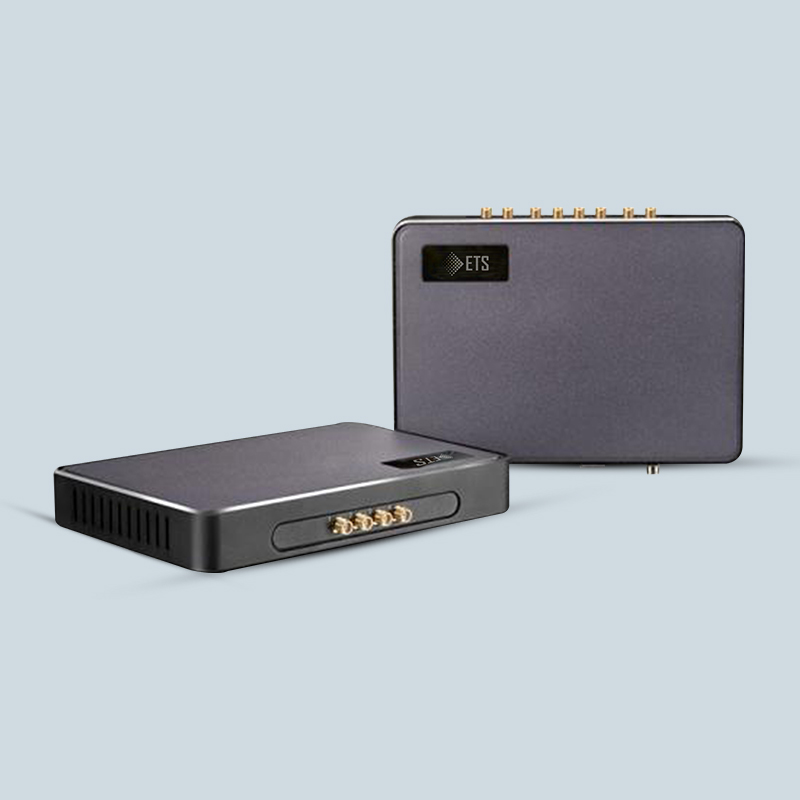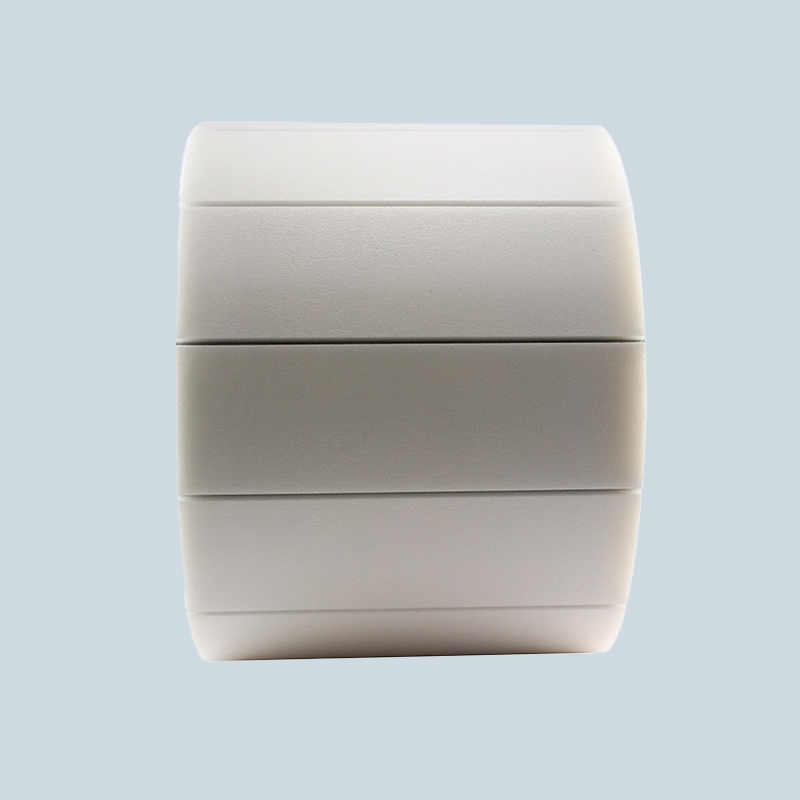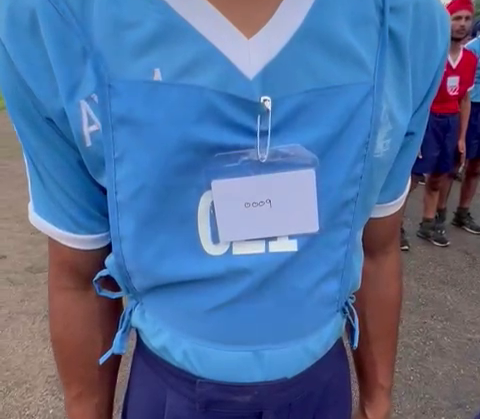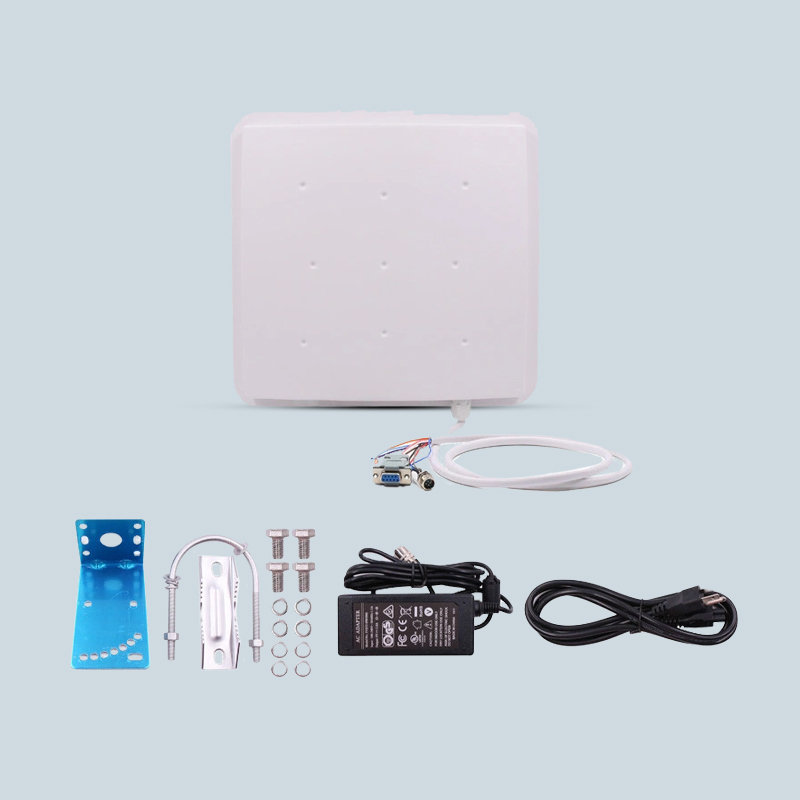RFID Marathon / Race Time Tracking
Benefits of RFID Marathon / Race Time Tracking (For Defence, Armed Forces)
- Accuracy: Reduces manual errors in timing and scoring.
- Efficiency: Speeds up test administration and result processing.
- Real-Time Insights: Allows immediate evaluation and decision-making during tests.
- Scalability: Suitable for large-scale testing with multiple soldiers and test areas.
- Data-Driven Decisions: Enables better training program customization based on performance metrics.
Solution Inroduction
An RFID Marathon System is a technology used to manage and track runners during marathons and other racing events. It provides accurate real-time timing, tracking, and data collection for participants, race organizers, and spectators.
Traditional Race Tracking System
-
Manual Stopwatch Timing
• A designated official uses a stopwatch to record the time for each soldier.
• Timers are stationed at the start line, checkpoints, and finish line. -
Bib Numbers or Identification
• Soldiers wear bibs or tags with unique identification numbers.
• This allows officials to link recorded times to specific individuals. -
Checkpoints with Officials
• Officials are positioned at checkpoints to monitor progress, enforce route compliance, and note times.
• In multi-lap races, officials count laps manually. -
Paper Logs
• Timings, bib numbers, and observations are written in a logbook or pre-prepared sheet.
• This is critical for post-race evaluation and result compilation. -
Flags and Markers
• Physical markers, flags, or cones delineate the course, checkpoints, and start/finish lines.
Challenges
-
Human Error
• Risk of mistakes in recording or calculation.
• Difficulty in accurately tracking large groups, especially at high density. -
Time-Intensive
• Manual compilation of results can be slow and labor-intensive. -
Limited Scalability
• Becomes cumbersome for large events with hundreds of participants. -
No Real-Time Tracking
• Results are only available after the race, with no live updates or split times.
Objectives
- Automated Timing and Scoring: Replace manual timing to eliminate errors.
- Real-Time Performance Monitoring: Track soldiers' progress during each test segment.
- Data Collection and Analysis: Store results for performance evaluation and historical tracking.
- Streamlined Operations: Reduce human workload for test administrators
Solution Workflow
-
Pre-Test Setup
• Assign each soldier an RFID tag linked to their profile in the system.
• Place RFID readers at strategic locations based on the test type:
○ Start and finish lines for timed runs.
○ Checkpoints for obstacle courses.
○ Timing mats for multi-lap events. -
Test Execution
• Soldiers begin their test as they cross the start line, triggering the RFID reader.
• Each checkpoint logs the soldier’s time and progress.
• At the finish line, the reader records the final time for automatic scoring. -
Real-Time Monitoring
• Commanders can view live updates on a dashboard to monitor individual and group performance.
• Alerts can be set for underperformance or unusual delays (e.g., potential injuries). -
Post-Test Analysis
• All performance data is consolidated and analyzed.
• Reports are generated to evaluate physical fitness levels, trends, and areas for improvement.
System Components
-
RFID Tags
• Passive tags are typically used because they are lightweight and cost-effective.
• Placed on the runner's bib, shoe, or wrist. -
RFID Readers and Antennas
• Timing mats with embedded antennas placed on the course.
• Detect tags as runners pass over them. -
Race Timing Software
• Processes data from the RFID readers.
• Calculates metrics like total time, split times, and rankings.
• Provides an interface for real-time tracking and result display. -
Backend System
• Stores data securely for post-race analysis and reporting.
Use Cases for Fitness Tests
-
Timed Runs (e.g., 2 km or 5 km runs)
• Place RFID readers at the start, finish, and every 1 km for split times.
• Use timing data to calculate pace and endurance. -
Obstacle Courses
• Place RFID readers at the entry and exit of each obstacle.
• Track completion times for individual obstacles and total course time. -
Strength Tests
• Monitor repetitions or time limits (e.g., push-ups or planks) using RFID-enabled stations. -
Group Tests
• Track teams completing group exercises and their relative performance.
Applications Beyond Timing
- Crowd Control: Helps organizers monitor race density to avoid bottlenecks.
- Emergency Response: Tracks runner locations for safety and quick response in case of medical issues.
- Personalized Experiences: Enables runners to receive post-race performance analysis.
- Sponsor Engagement: Provides data to sponsors for targeted promotions.
Suitable Products

Driving growth with cutting-edge Make in India RFID products to revolutionize the process of Identification, Automation, and Tracking Across Industries.






